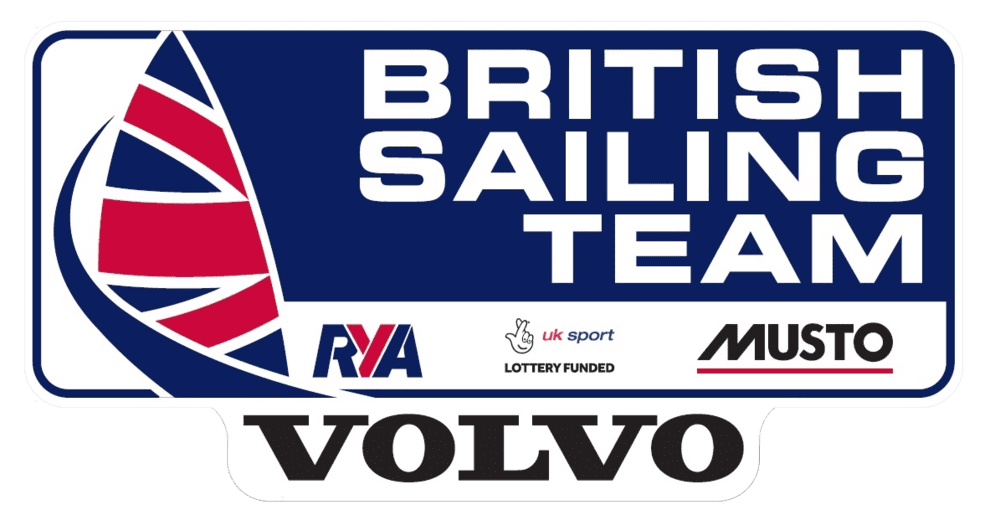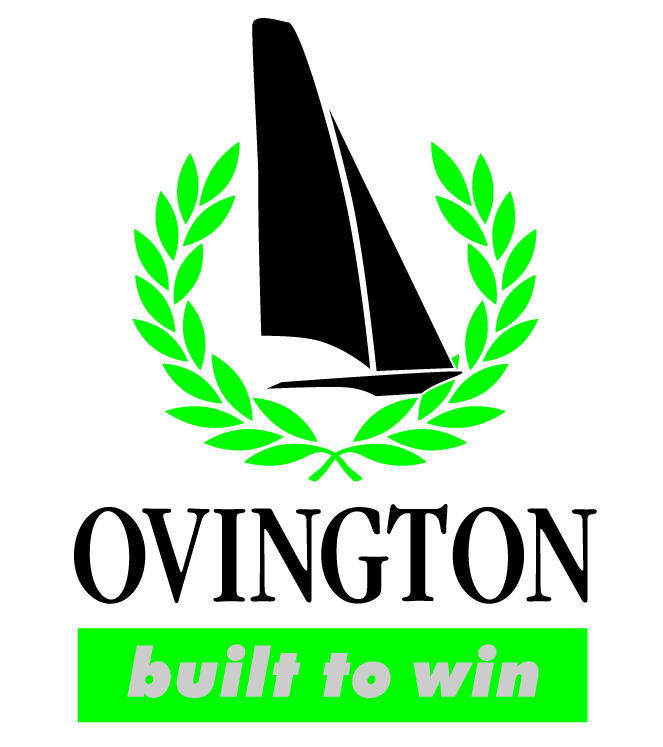30 APR
Ingredients for a Good Start
30 APRIL 2020
Sometimes things just play out perfectly. You know the feeling - coming off the starboard end of the start line with speed, you glance under your sails to see the rest of the fleet directly below you. The wind shifts 10 degrees in your favour. You’re in control, you have options, you feel powerful and suddenly sailing seems very easy. Life is good.
Unfortunately, things don’t always turn out like this but with a few top techniques your starting can improve dramatically and these euphoric moments can become a more regular occurrence. I believe that the start of the race can be up between 10% and 90% of the final result so if you can consistently start well you already put yourself one step ahead of the fleet and this can maximise your chances of success.
On every start from club sailing up to Olympic level you would be amazed by the amount of opportunities there are on every start line. A common theme across every start is line sag – that is boats who are starting multiple boat lengths behind the line at go, despite thinking they are on the line. Go take a look on YouTube at some Olympic medal races and you can see that this is a trend that even happens at the highest level.
Granted, without a fancy GPS or other instruments it is very hard to judge where the line actually is, but there are a few ways to give you a good idea.
Transits
Transits are a very accurate method of determining where you are in relation to the start line. Simply line up on the line (or by the committee boat at the starboard end) and look down through the pin to see what lines up on the land behind.
In the example below you can see when she looks through the pin, the house on land lines up perfectly.

Now when she is behind the line you can see the transit on the pin is high compared to the house.

Now in the last few seconds before the start the little boat can see how fast she is approaching her transit and ensure that she hits the line smack on go.
Too easy? Try taking multiple transits on and behind the line to get an exact idea about how far back you are lined up before doing some 'practice ‘run ups’.
Line Up The Bow & Rudder
So, what do you do when you are miles out to sea and there is no land that lines up? Well one simple way is by using your boat as an instrument. Point your bow directly at the pin end and line your rudder up to be dead straight. Now, looking down the tiller it will point directly out the back of the boat. If you are perfectly on the line you should be looking directly at the committee boat!
This is quite useful to do in the pre-start sequence and allows you to quickly get your bearings.
Know Your Boat & Keep Flow
In small boats like Lasers we rarely do big run-ups to the line but instead jostle for position a couple of boat lengths behind the line. To do this requires excellent boat handling and more importantly flow. What I mean by flow is the ability to move forwards and backwards without that horrible sliding feeling when you go to sheet in. To do this we generally sail upwind briefly, luff head to wind and then reverse backwards (whilst ensuring we don’t infringe!) before repeating this process over and over again. What this allows us to do is hold position quite effectively and minimise any sideways slip. Obviously if you’ve got a Swan 40 it might be slightly more difficult to do this but worth a good think on how you might be able to do something similar.
Understand What You Are Sailing Into
Have a good think about the strategy for the upcoming beat. The wind might be hard right at the moment but will it be when you start the race? Is there 10 knots more wind on one side of the course? What’s the tide doing? It may sound incredibly simple but in the mayhem of the start it is amazing how many people forget about this.
Personally, at three minutes to go before the start I stand up in my boat and have a good look upwind at the conditions which might hit us at go. Once I’ve come up with my starting plan I then continue with the start until one minute to go where I have another quick peek upwind to confirm that everything is as expected and I’m in the right place. Even with a poor start, if you are strategically in the right place you can still end up in a good position.
Be Confident, Decisive & Don’t Give Up
Starting always brings out lots of different personalities. You have the people who are scared of being over and are usually found reaching down the line with a few seconds to go, the people who are quite brash and trigger regardless of whether they are behind the line or not and finally you have people who can’t really decide and hover somewhere in the middle.
Obviously getting black-flagged for being over every start line is not pretty on the scoreboard, nor is coming last after being so line shy you could fit a small oil tanker in between you and the line. Hopefully using some of the methods I have talked about above you can start using more factual information to base your start line decisions on. Remember, facts don’t lie so be confident in your findings and don’t be afraid to poke out if the rest of the fleet is being shy.
Finally, whatever happens at the start, don’t give up. Sailing is a brilliant sport where anything can happen and regardless of the circumstance you should always race around believing that you can still win.

0 likes







